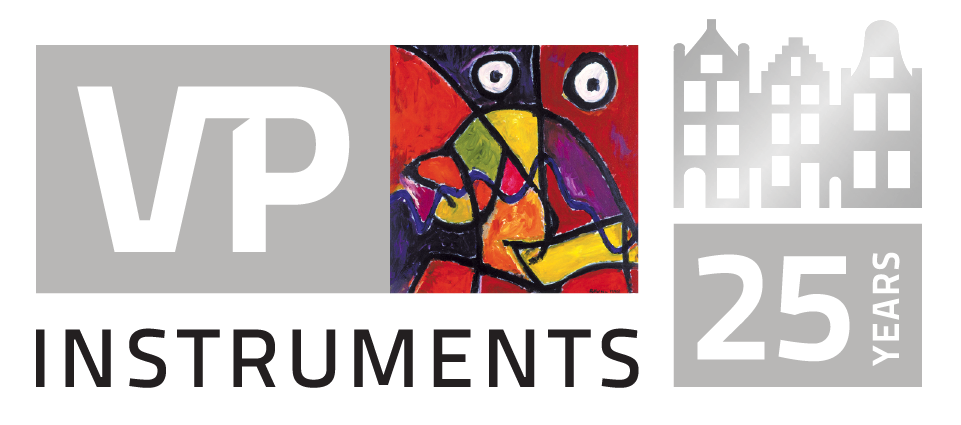Energy savings solutions in the Textile industry
The compressed air consumption in the textile industry is increasing due to modernisation of the production process. It is used in almost all machines for both operations as control. To ensure an economic, continuous production of high-quality weave, without staining and production losses, it is essential to have high reliability. An efficient and cost-effective compressed air system will provide a quick return on investment and will make a difference in the competitive textile industry. The way toward improvement starts with measuring and monitoring to get insight.
Compressed air usage examples in textile factories:
- Air Jet Weaving
- Spinning Machine
- Man-made fibre production
- Texturizing
- Stacking Device
- Printing Machines
- Thread Detector
- Sewing Machine


Enormous compressed air savings in textile
As compressed air is such a major utility in these factories, improving the usage of compressed air will have a significant economic benefit. Eliminating leakage and reducing the operating pressure are two of the most cost-effective steps in energy conservation. By proper selection and effective management of the compressed air system, which includes compressors, air treatment and filtration device, distribution network, and end usage, different processes like spinning, weaving, and processing holds great potential for cost savings in the textile industry without any broad impact on the productivity and product quality of the plant.
Any improvement step starts with measuring and monitoring first.
